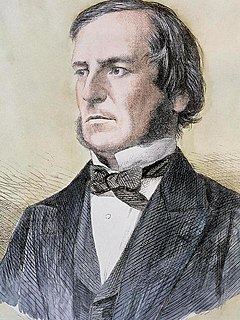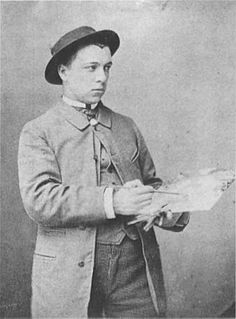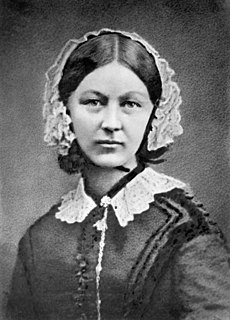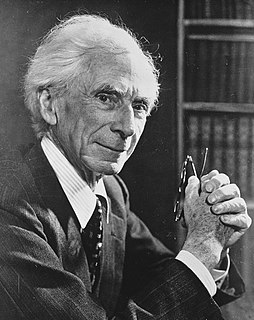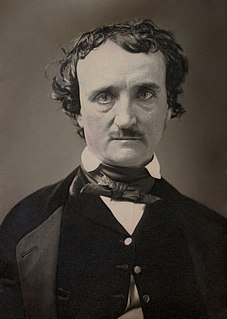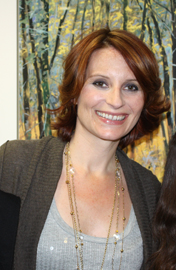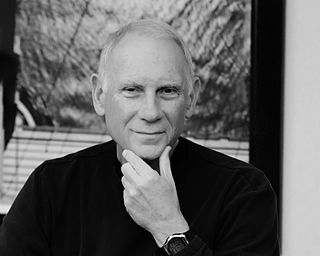A Quote by August Macke
What I most cherish is the observation of the movement of colors. Only in this have I found the laws of those simultaneous and complementary color contrasts that nourish the actual rhythm of my vision. In this I find the actual essence, an essence which is not born out of an a priori system or theory.
Related Quotes
But what I attach great importance to is observation of the movement of colors. It is only in this way that I have found the laws of complementary contrast and the simultaneity of those colors that nourish the rhythm of my vision. There I find the representative essence — which does not arise from a system or an a priori theory.
Let me go over this again on the reclaiming the civil rights movement. People of faith that believe that you have an equal right to justice - that is the essence. And if it's not the essence, then we've been sold a pack of lies. The essence is everyone deserves a shot - the content of character, not the color of skin.
My choice of colors does not rest on any scientific theory; it is based on observation, on feeling, on the experience of my sensibility. Inspired by certain pages of Delacroix, an artist like Signac is preoccupied with complementary colors, and the theoretical knowledge of them will lead him to use a certain tone in a certain place. But I simply try to put down colors which render my sensation.
I am fully assured, that no general method for the solution of questions in the theory of probabilities can be established which does not explicitly recognize, not only the special numerical bases of the science, but also those universal laws of thought which are the basis of all reasoning, and which, whatever they may be as to their essence, are at least mathematical as to their form.
Art is a creation of a higher order than a copy of nature which is governed by chance.... By the elimination of all muddy colors, by the exclusive use of optical mixture of pure colors, by a methodical divisionism and a strict observation of the scientific theory of colors, the neo-impressionists insures a maximum of luminosity, of color intensity, and of harmony- a result that has never yet been obtained.
People say the effect is only on the mind. It is no such thing. The effect is on the body, too. Little as we know about the way in which we are affected by form, by color, and light, we do know this, that they have an actual physical effect. Variety of form and brilliancy of color in the objects presented to patients, are actual means of recovery.
In 1979, you had the revolution in Iran. You had the Hudood Ordinances in Pakistan, which are the laws that are notoriously used against women, which are theoretically used against thieves although they're never carried out - an actual amputation or an actual stoning. The blasphemy laws, again, never actually carried out, though they're there, heavy with menace on the statute books.
It’s my own fault, really. For believing in fairy tales. Not that I ever mistook them for actual historical fact, or anything. But I did grow up believing that for every girl, there’s a prince out there somewhere. All she has to do is find him. Then it’s on with the happily ever after. So you can only imagine what happened when I found out. That my prince really IS one. A prince. No, I really mean it. He’s an actual PRINCE.
These various forms appear different in shape and size, yet they are of a single essence. . . . The Sixth Patriarch called it "essence of Mind". . . Here the Third Patriarch calls it "timeless Self-essence." Bankei called it "unborn Buddha-mind." They all refer to the same thing: Buddha-nature, true self. This essence is not born and can never die. It exists eternally. Some call it energy; others call it spirit. But what is it? No one knows. Any concept we have of what it is can only be an analogy. . . .
Once there is a certain degree of Presence, of still and alert attention in human beings' perceptions, they can sense the divine life essence, the one indwelling consciousness or spirit in every creature, every life-form, recognize it as one with their own essence and so love it as themselves. Until this happens, however, most humans see only the outer forms, unaware of the inner essence, just as they are unaware of their own essence and identify only with their own physical and psychological form.
People see so many things in the paintings. Although I never think of them, it charms me a little bit that people actually project actual scenarios on to the paintings. Hopefully that means that they have a little bit of life to them. Figuring out the rhythm, the structural element has been the key thing in this work, more than the color element. It really was the variety of different widths that lead to a certain movement, a rhythm. Otherwise I'd fall into anything that was too stripy or almost like bar codes, and it thwarted the natural flow of the painting.




